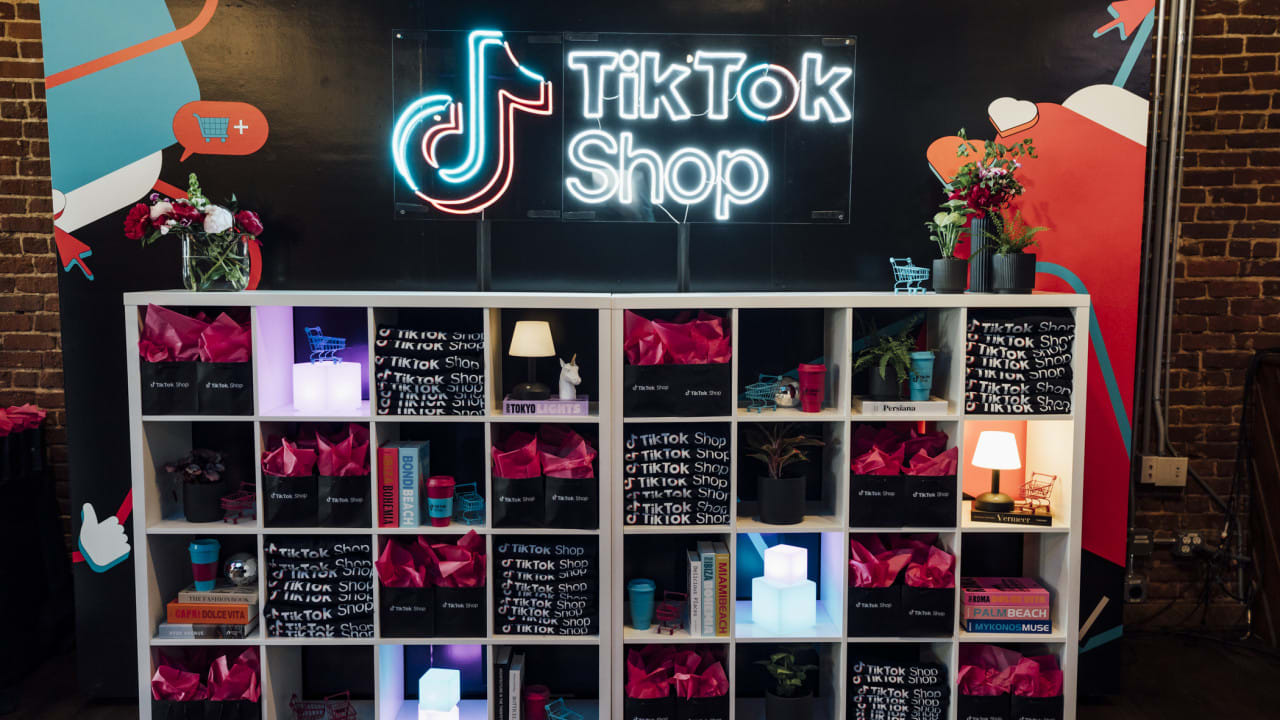What’s next for in-person, virtual and hybrid events, postpandemic?

C&IT recently teamed up with sister brand Third Sector to bring together events experts from across the private, public and charity worlds – don’t miss the key takeaways for every planner.
This article is produced in partnership with Cvent.
Many events had to have a total rethink last year – not least, the Virgin Money London Marathon. Forced to adapt during the pandemic, the event ran a closed-loop circuit race on the streets of London for professional athletes alongside a virtual race which attracted over 37,000 participants worldwide.
The team at London Marathon Events could never have imagined putting on this kind of race 24 months ago, as event director Hugh Brasher told attendees at a recent C&IT and Third Sector Big Questions Live gathering of event planners, held in partnership with Cvent. But as you’ll read in our full event report [hyperlink to report landing page?], they have continued with this hybrid approach in 2021, with around 80,000 people expected to participate in the marathon this year; half running in London, the other half running in their own local areas.
“Over the last 18 months, we've learned an enormous amount about ourselves as individuals, about what we want, and about what is possible,” said Brasher. He noted that his team is still learning, and predicted that the next few years for events teams will be a process of trying new things and learning lessons fast.
Brasher used four keywords to sum up the best approach to developing a new model for events: different, together, cause and love. “Remember, no one's really an expert,” he said. “No one really knows what exactly is going on. We've all got theories. So play with it. Have fun with it, experiment.”
View Brasher’s full keynote speech.
Only connect
Meanwhile, Third Sector editor Emily Burt hosted a panel discussion on the importance of human connection in events, bringing together experts from a range of sectors. Daniel Larcey, head of mass participation at NHS Charities Together, Sarah Marshall, global head of content at Bett, and Claudia Stephenson, managing director of INVNT Group EMEA, discussed the issues in maintaining engagement when mixing in-person and virtual events.
All agreed that there were significant challenges involved in creating a truly hybrid event, and getting the mix of in-person and virtual right. Marshall said that Bett, when returning to in-person, actively decided to avoid adding virtual elements. “We are really dialling it back, with the view that, hopefully, less is more.”
Stephenson, who runs many global events, says that doing a combination of live and virtual events has allowed them to reduce carbon emissions and also tailor content to people in specific regions. “It really ticks that box with the sustainability side of things, in not having to travel people across the world.”
Meanwhile, in the nonprofit events sector, online events have democratised events like fundraising, allowing event planners to reach a greater number of people, said Larcey.
View the panel discussion on building emotional connections and growing your reach.
Digging into data
C&IT editor Calum Di Lieto spoke with Felicia Asiedu, European marketing manager at Cvent, Dax Callner, strategy director for Smyle, Hina Mistry, project director at Imagination and Graham Smith, creative technologist at Shelton Fleming, about the importance of good data.
The experts touched on what events teams can learn from Netflix – experts in engaging people online. The panel all felt that greater personalisation, more touch points with your audience and elevated content were the way forward. “I want to engage with events how I want,” said Asiedu.
Data is only useful when you know what you want to get out of it, the panel agreed. “Data is a rabbit hole and you can get lost in it,” said Mistry. “You need to know what story you want to tell, which will help you filter out all the data that won’t help you get that answer.”
Above all, however, data should inform better quality content. Events need to be entertaining, said Callner, or they won’t engage. “If I had one rule for content, it’s don’t be boring. If we can get past that one hurdle, we can achieve a lot.”
View the panel discussion on making the most of your event data, or download our report on key insights from the event below.


 play_arrow
play_arrow
